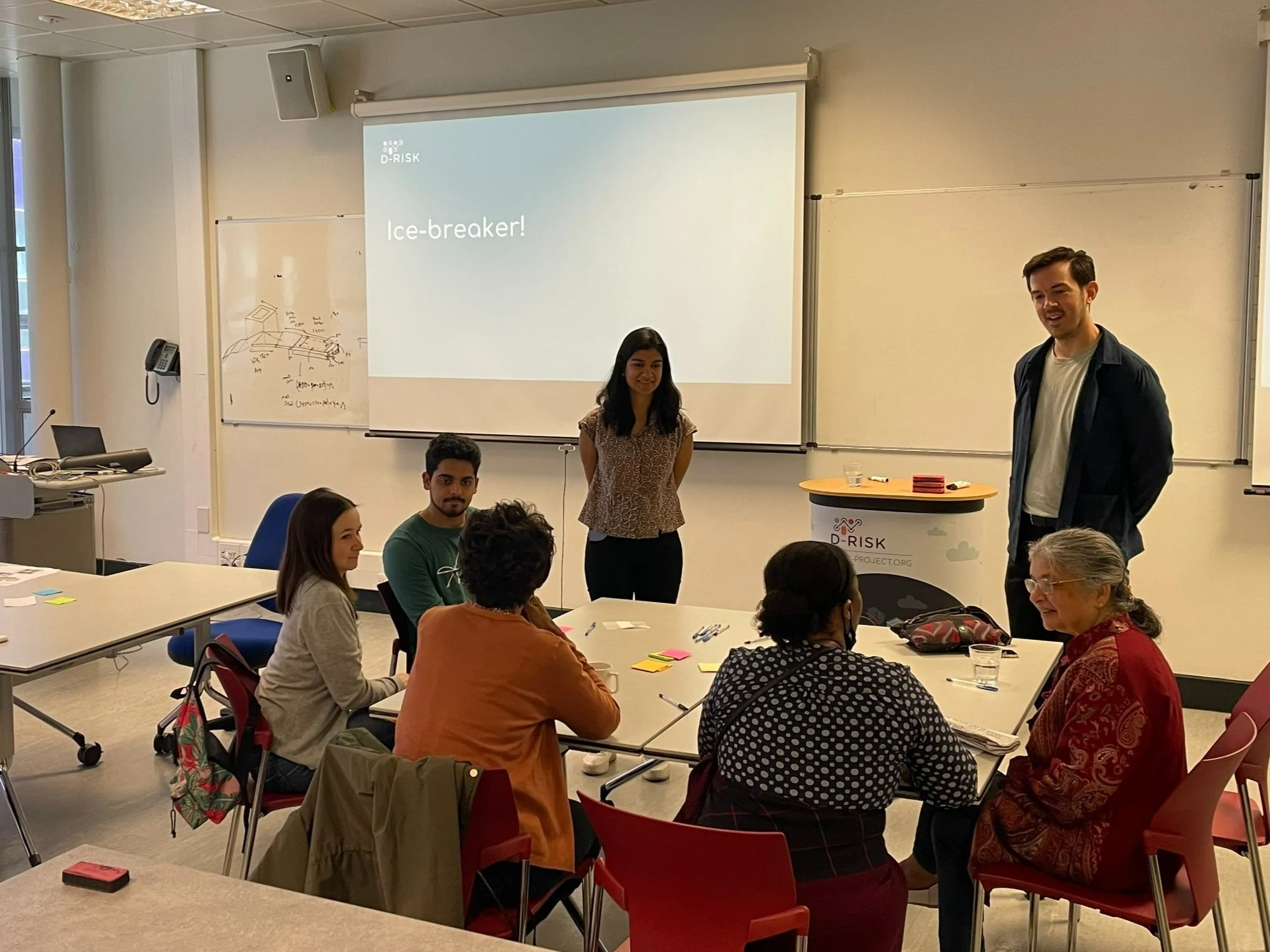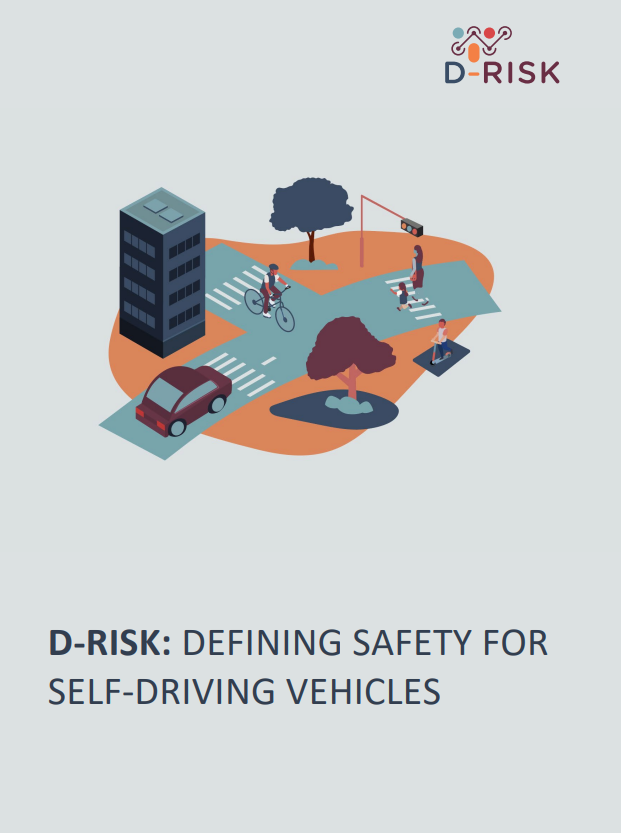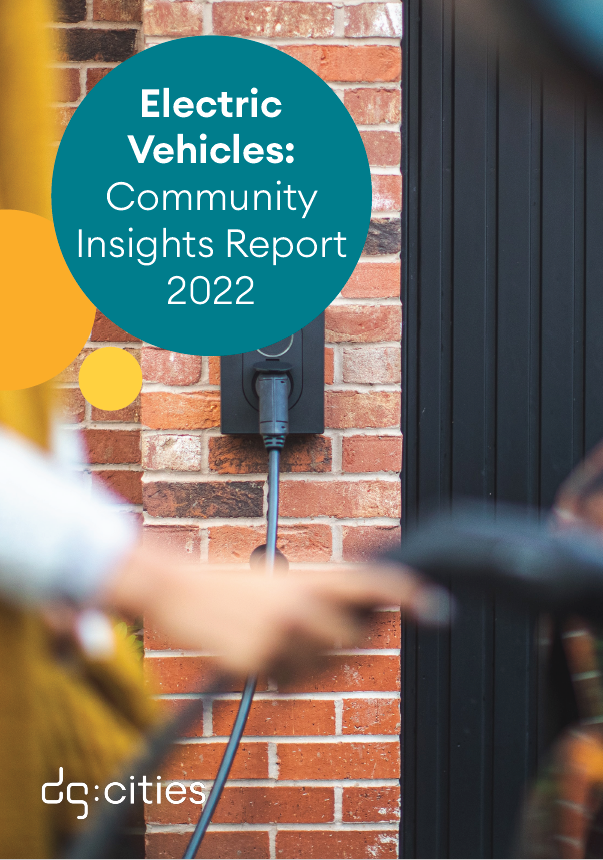DG Cities and the Bartlett School of Architecture, UCL have teamed up on a government study to investigate hard to decarbonise housing. An estimated 10 million homes Britain are difficult to insulate or improve by conventional means. The project, commissioned by the Department for Business, Energy and Industrial Strategy (BEIS), aims to identify these homes, define what makes a home ‘hard to treat’ or ‘hard to decarbonise’ (in the context of energy efficiency and low carbon heating), develop a practical framework to help inform policy and guidance to tackle challenging properties. Head of Research, Ed Houghton explains more…
Stretching targets but limited progress
The UK government is committed to achieving net zero carbon by 2050. To reach this target, significant sectors of the UK’s economy must undergo a considerable transformation. One major sector is the built environment. Data by the UK’s Climate Change Committee highlights that heat in buildings accounts for 468 MtCO2e or 37% of UK annual greenhouse gas emissions. If this is reduced it could deliver considerable progress towards the government’s net zero objectives.
The challenge however isn’t a simple one – the complexity of the UK’s built environment, the diversity of housing stock and types, regional variation and history of many buildings means that ‘treatment’ for reducing emissions is not a quick fix. For the most difficult – termed “hard-to-treat” - the issues are complex, so it is important to be intentional and evidence-based in any approach to their improvement.
What exactly is a ‘hard to treat’ or ‘hard to decarbonise’ home?
Definition matters, and this is part of the challenge we’re exploring in this work. A common industry definition describes hard-to-treat homes and properties as those which are difficult to make energy efficient through conventional improvements, such as cavity insulation, loft insulation or low-carbon heating solutions, like heat pumps. Very hard-to-treat are often rural, heritage, and off the gas grid. Estimates put the number of hard-to-treat homes in the UK at around 10 million.
But we’re also interested in understanding whether it is more useful to describe these homes as ‘hard to decarbonise’. Given targets are specifically focused on decarbonisation, academia and international policymakers are increasingly adopting this term. The terminology is broader, and reflects on the need to tackle these properties for the purposes of achieving legally binding targets. Others working in the space, perhaps focused on fuel poverty, may use a different phrase entirely, such as 'hard to heat'. Semantics, in this case, are important to consider: treatment doesn’t necessarily suggest long-term improvement, whereas approaches to decarbonisation are often sustainable and deliver impact over time.
Decarbonisation and fuel poverty
Tackling hard-to-treat homes will not only support progress towards the Government’s net-zero goals. There are also real economic, social and health benefits to improving the quality of the most difficult to improve housing stock – particularly given the ongoing cost-of-living crisis affecting people across the country. Many in hard-to-treat homes are struggling to make ends meet, with a much larger proportion than ever before entering fuel poverty.
For example, properties with uninsulated solid walls had the highest rate of fuel poverty (22.5% of households), compared to 8.0% of those with insulated solid walls.* A similar trend follows for households with uninsulated cavity walls compared to insulated cavity walls (15.0% vs 8.3%). Unsurprisingly older homes are more frequently hard-to-treat, and their residents are more likely to be in fuel poverty: 21.7% of households living in pre 1919 homes were in fuel poverty in 2020, compared to 10% of those built between 1965 and 1985; and less than 5% of those built after 2002. Therefore, tackling hard-to-treat homes, particularly among older and heritage properties, could also alleviate the issues presented by fuel poverty.
Seeking best practice
The diversity of housing stock in the UK means there is no one-size fits all solution. This is why, through this work, we’re not only building a set of key terms and definitions that describe problems and solutions, we’re also constructing a practical framework to help decision-making in industry and across policy, with guidance for tackling challenging properties.
The efficacy of treatment approaches will of course differ considerably, by context, materials, housing archetype, resident behaviour. We know therefore that we must capture and shed a light on the effectiveness of holistic solutions, and provide depth and detail to support those exploring treatment options through the framework. We’re also keen to highlight what works, and draw on real-life examples from across industry to assess not only the challenges that hard-to-treat properties present, but the practical interventions that have been proven to work.
Over the coming weeks and months, DG Cities and UCL Bartlett School of Architecture are undertaking research to better define and map ways forward for hard-to-treat homes. We’ll be speaking to leaders across the housing and energy industries, academia and third sector to collect insights and build case studies. We want to draw out examples from across Great Britain – and are keen to chat to as many organisations and individuals as possible about the challenge, and opportunity, we all face in improving the quality of our homes.
To find out more, and to take part, visit: https://www.dgcities.com/hard-to-treat-homes



























